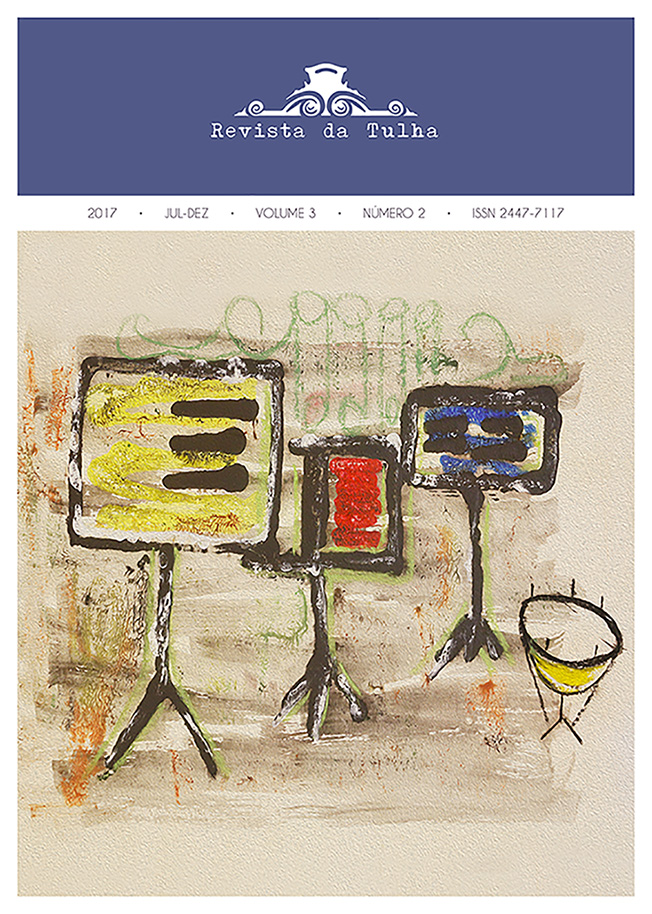Piano performance: music communication and the performer-audience shared experience
DOI:
https://doi.org/10.11606/issn.2447-7117.rt.2017.144001Keywords:
music communication, creative imagination, shared affective experience, aesthetic appreciation, mirror neuron systemAbstract
Music is powerful as a social mode, and a music performance offers a compelling means of communication which reveals aspects of the performer’s personality and musicianship. A pianist’s creative imagination is the key driver giving music its emotional appeal, with the performance built on the score interpretation, which involves a fluid concept, so that each performer can offer a distinctive rendition. The soundtrack involves continuous interaction with the music, with musicians evaluating the quality and fit of the sounds with the dramatic concept of the score. The playing actions generating the sounds communicates the music’s structural and emotional features, with these actions increasing in amplitude with the pianist’s increasing skill and connection with the music. Although the aural aspect was previously considered core to the domain of music, the visual information also influences the observers’ perception of the music’s expressive intent, and this is important particularly for music-naïve audience members. The presence of observers during a performance provides a motivating factor for musicians, affecting the amplitude and intensity of movements which, in turn, increase the audience engagement with the playing. At this level of performance, skilled musicians sense the playing movements as intrinsically rewarding, and undergo a state of effortless attention and high arousal which generates in them a subjective state of optimal experience. Sensing the musician’s connection with the music engages the attention of audience members, forging a bond between them which results in neural activity in the same brain regions of both, enabling a sharing of the affective experience. Successful performance communication involves the performer capturing the imagination of an audience, and this review explores the different performance elements shaping the communication of music and conveying the music’s expressivity, and the features that affect observers and enhance their enjoyment of the music. The review concludes with an examination of the performance appraisal process.
Downloads
Downloads
Published
Issue
Section
License
Authors retain copyright and grant the journal the right to first publication, with the work licensed under the Creative Commons Attribution License CC-BY-NC:
This work is licensed under a Creative Commons Attribution 4.0 International License.



